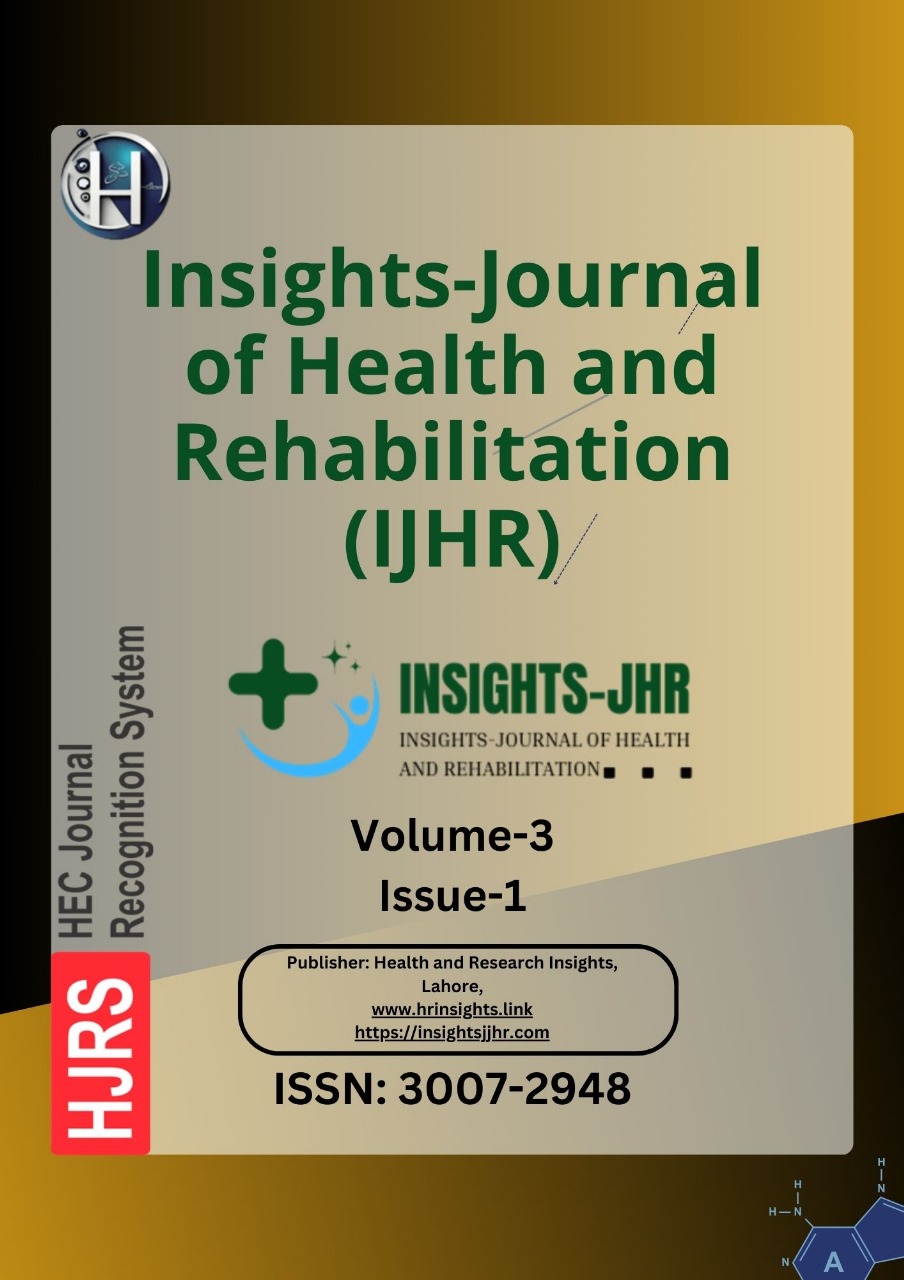EFFECTIVENESS OF ULTRASOUND THERAPY VERSUS INTERFERENTIAL THERAPY IN REDUCING PAIN IN PERONEAL TENDON AND QUALITY OF LIFE IN ANKLE SPRAIN PATIENTS
DOI:
https://doi.org/10.71000/gzg9ke86Keywords:
Ankle sprain, Interferential therapy, Muscle strength, Pain management, Peroneal tendon injuries, Quality of life, Ultrasound therapyAbstract
Background: Ankle sprains are among the most common musculoskeletal injuries, with a significant number involving peroneal tendon damage. These injuries often lead to persistent pain, instability, and functional limitations, negatively impacting the quality of life. Ultrasound therapy (UST) and interferential therapy (IFT) are commonly used physiotherapeutic interventions for managing such injuries. However, there is limited evidence comparing their effectiveness in pain reduction, functional improvement, and overall rehabilitation outcomes.
Objective: This study aimed to compare the effectiveness of ultrasound therapy and interferential therapy in reducing pain, enhancing ankle function, improving muscle strength, and increasing the quality of life in patients with peroneal tendon injuries resulting from ankle sprains.
Methods: A randomized controlled trial was conducted over four months at private hospitals in Lahore. Sixty participants diagnosed with peroneal tendon injuries were randomly assigned to two groups: the UST group (n=30) and the IFT group (n=30). Both groups received treatment three times a week for six weeks. Pain was assessed using the Visual Analog Scale (VAS), ankle function using the Ankle Function Score, quality of life through the SF-36 questionnaire, and muscle strength via perineometry. Data were analyzed using paired t-tests and analysis of variance (ANOVA), with a significance level set at p<0.05.
Results: The UST group showed a greater reduction in pain (mean decrease of 4.5 points) compared to the IFT group (mean decrease of 3.0 points, p=0.002). Ankle function improved by 15 points in the UST group versus 10 points in the IFT group (p=0.01). Quality of life scores increased by 18 points for UST and 12 points for IFT (p=0.004). Muscle strength gains were higher in the UST group (25 units vs. 15 units, p=0.01), and swelling reduction was also more significant in the UST group (20g vs. 12g, p=0.003).
Downloads
Published
Issue
Section
License
Copyright (c) 2025 Muhammad Zulfiqar Ali, Nadeem Khalid, Huda Maryam, Rabia Shafiq, Sana Javaid, Hanan Azfar (Author)

This work is licensed under a Creative Commons Attribution-NonCommercial-NoDerivatives 4.0 International License.







